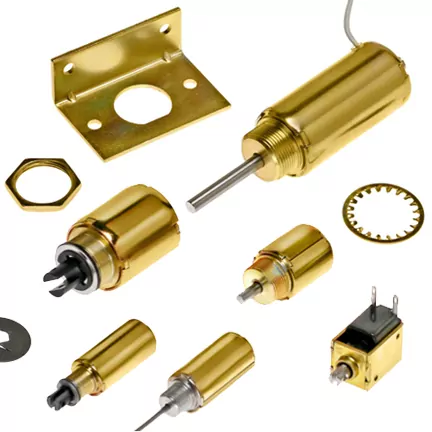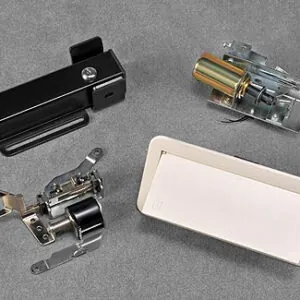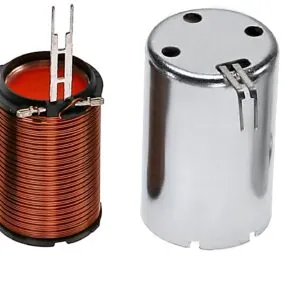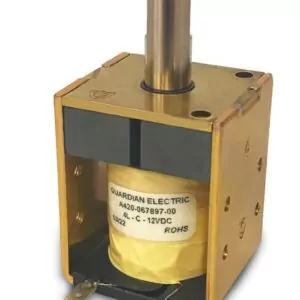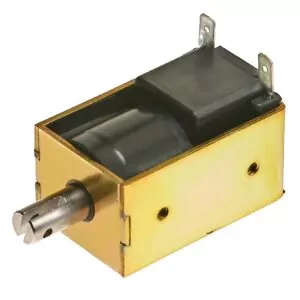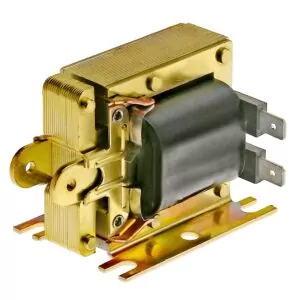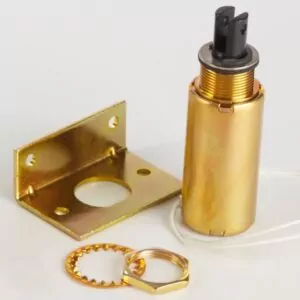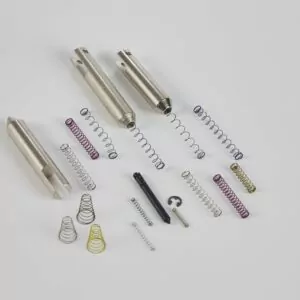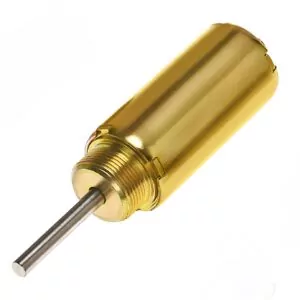Custom Solenoids
To maintain the highest level of quality Guardian manufactures the key components of every solenoid. We mold our own coil bobbins and wind our coils in-house. We have state-of-the-art machining capabilities for manufacturing all custom components. Our family of Solenoids includes custom wound coils and custom solenoid solutions including the design of value- added packages. We…

